Exfoliation. Some do it daily while others don't do it at all. How important is exfoliating and what type should you be using, chemical or physical? Some would argue that one is better than the other, but would you be surprised if I told you the kind of exfoliator you should be using is largely based on your skin type and needs? To learn more about the different types of exfoliating and to decide which method is best for you, keep reading!
THE BASICS: WHAT IS EXFOLIATING?
Exfoliating may undoubtingly be the single most important step in skincare. Exfoliating is basically a way to remove built up dead skin cells on your face. Without exfoliants; oil, dirt, debris, and makeup can continuously build up on the skins surface leading to a lack luster complexion. This buildup of dead skin can cause pores to become clogged, which in turn can lead to breakouts or flaky, dry skin. Exfoliating has many other benefits than reducing acne; it can help speed up cell turnover time, smooth out your skin, decrease hyper pigmentation, aid in smoothing fine lines, and rejuvenate superficial scarring.
There are two types of exfoliants; chemical and physical. Many people hear the word chemical and immediately shy away, but not to fear- chemical exfoliants can actually be gentler than physical ones when done correctly! When you think of a physical exfoliation- imagine a piece of wood being sanded with sandpaper, overtime that wood will smooth out to a completely uniformed piece, getting rid of any indents or raised spots.
Chemical exfoliants tend to work a little bit quicker and more aggressive, imagine wallpaper. You want to remove the wallpaper from the wall, so you use a solution to dissolve it and then you are able to easily peel it away from the wall. Sanding the wallpaper wouldn't make as much sense because it would take much longer to remove and just smooth out the surface. This is the best way I can describe exfoliants, both are important but each have their own practical use. Think of a physical exfoliant as your weekly maintenance and a chemical one as a deep cleaning. Scrubs and physical exfoliants tend to remove only what's on the surface while chemical exfoliants are able to penetrate deeper.
Regardless of the type of exfoliant you choose, it should only be done about twice a week or less, for all skin types. Over exfoliating can actually cause more harm than good to the skin, stripping the skins barrier and causing it to over produce oils, thus increasing acne or exasperating other skin conditions.
PHYSICAL EXFOLIATION
Physical exfoliation, also sometimes called manual exfoliation, is a process that uses small grains, brushes, or another object to gently remove built up particles from your skin. When going the physical exfoliant route, people usually opt for facial scrubs or cleansers that have little scrubby pieces in them. These usually range from tiny sugar granules to larger walnut pieces. Plastic beads used to be a popular option but are no longer allowed to be used in facial scrubs in the U.S. as reports have shown that they interfere with fish and wildlife- getting trapped in their digestive systems. Not cool!
Cleansing brushes are also fairly popular physical exfoliators, take the Clarisonic for example. It's a really great choice for exfoliating your skin but can be easy to overdo and too harsh for sensitive skin. This is why many people go through a purging phase or begin breaking out when using a cleansing brush every day. If you decide to use a cleansing brush stick to once or twice a week before determining if its suitable for your skin and should be used more often. A konjac sponge is another great choice for people looking for a gentle exfoliation or those who suffer with sensitive skin.
Be careful when choosing a physical exfoliator as scrubs that have big or jagged pieces can cause microtears in the skin! Microtears can't be seen to the naked eye but they can cause microscopic sized tears deep down to the epidermis. Sugar granules are a popular choice because they're tiny enough not to be irritating but strong enough to get the job done.
CHEMICAL EXFOLIATION
Chemical exfoliation, also called acid exfoliation, has become much more mainstream over the past few years. Would you be surprised if I told you there is probably a chemical exfoliant in your cleanser (hello salicylic acid)? When it comes to chemical exfoliants, there are two types AHA and BHA. AHA's, also known as Alpha Hydroxy Acids, are derived from natural substances like milk, grapes, and sugar cane. AHA's are made up of tiny molecules that remove the "glue" that holds the dead skin together. They're great for removing hyperpigmentation and evening out skin tone, and often are recommended for aging skin.
AHA's are water soluble so they can't penetrate deep into the pores like BHA's. BHA's are oil soluble molecules, so they can reach deeper into the skins surface. BHA's have antibacterial and anti-inflammatory properties, so they are often recommended for blackheads and acne prone skin (think salicylic acid).
AHA's and BHA's can be and are often used in conjunction with one another. BHA's break down the bonds between cells while AHA's cause the cells to detach. Fruit enzymes are another popular option for exfoliating and aren't as harsh as AHA's or BHA's. Things like papaya and pineapple are often used as they target only the outermost layer of the epidermis.
PRODUCT RECOMMENDATIONS
So, Kali, do you have any product recommendations? I most certainly do! Below you will find my favorite physical and chemical exfoliants in all price ranges. I would start with a weekly exfoliating treatment first and depending on how your skin reacts after a month or two you can bump it up or down to daily or monthly. Feel free to let me know your favorite exfoliant below!
Daily Exfoliants:
2x A Week Exfoliants:
Frank and Whit Filter Square Scrub
Banish Acne Scars Pumpkin Enzyme Mask
1x A Week or 1x every other Week Exfoliants:


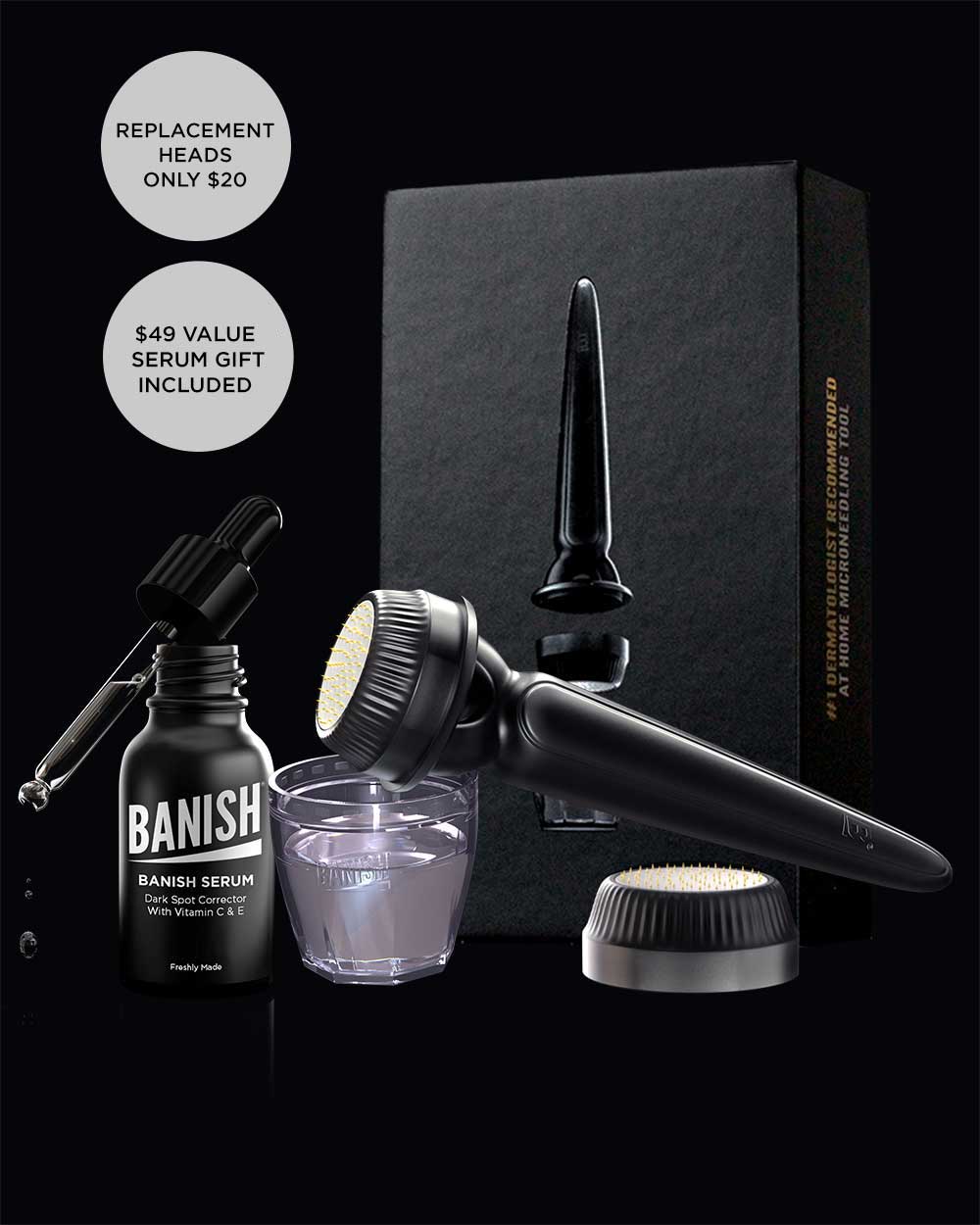
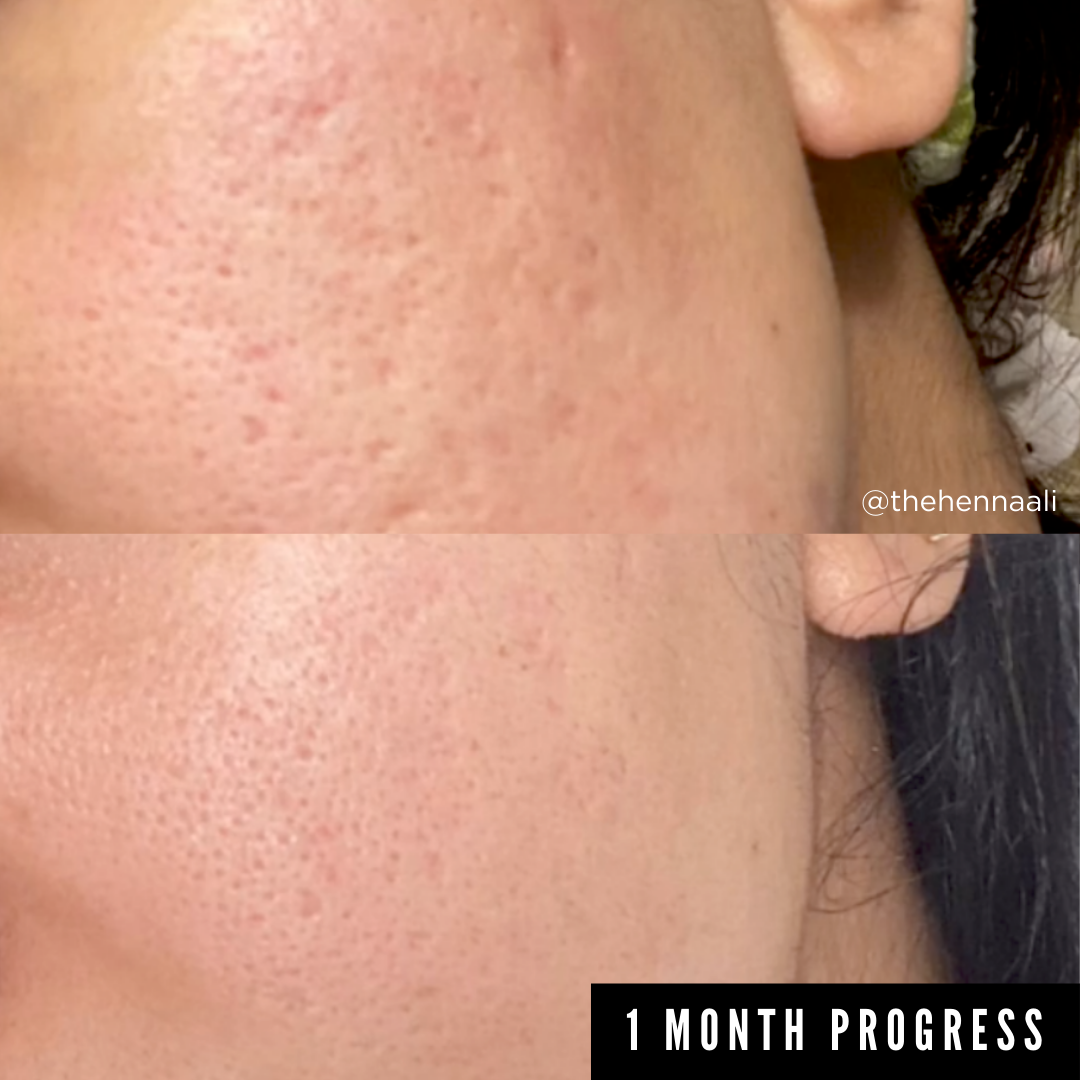

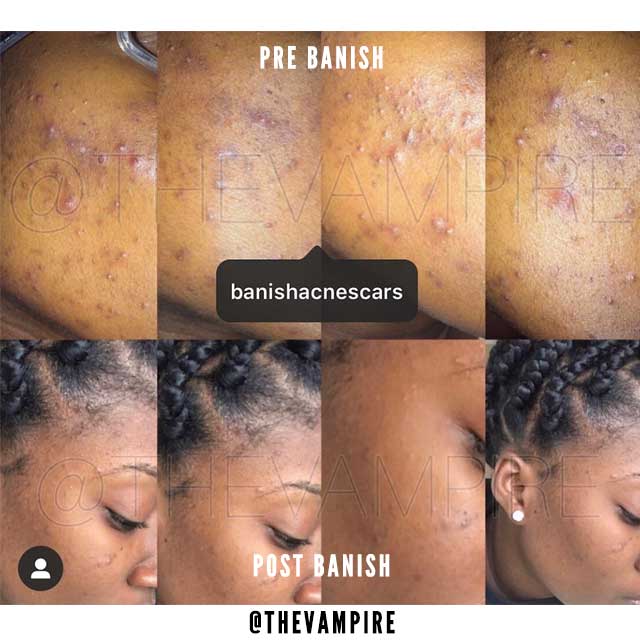
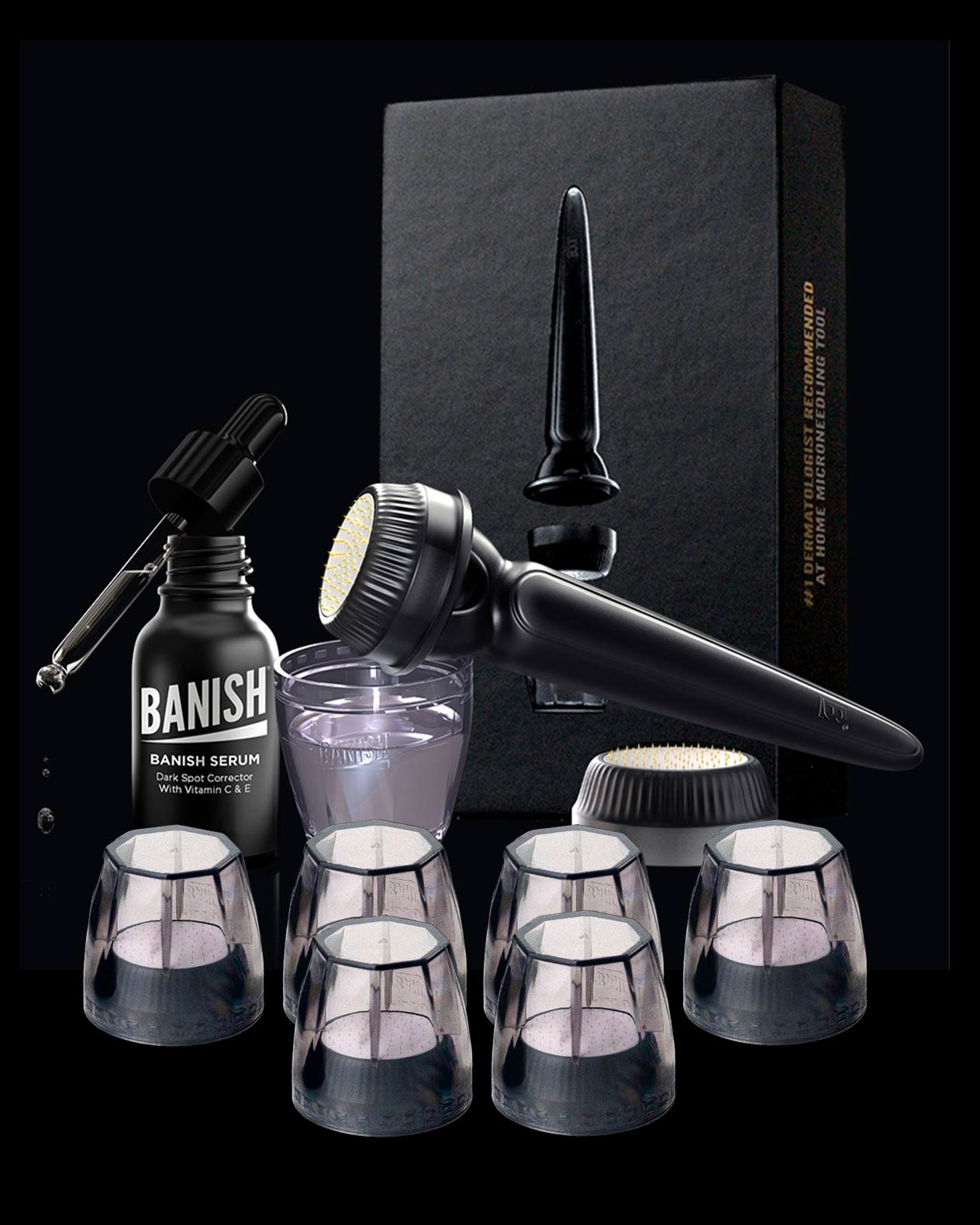
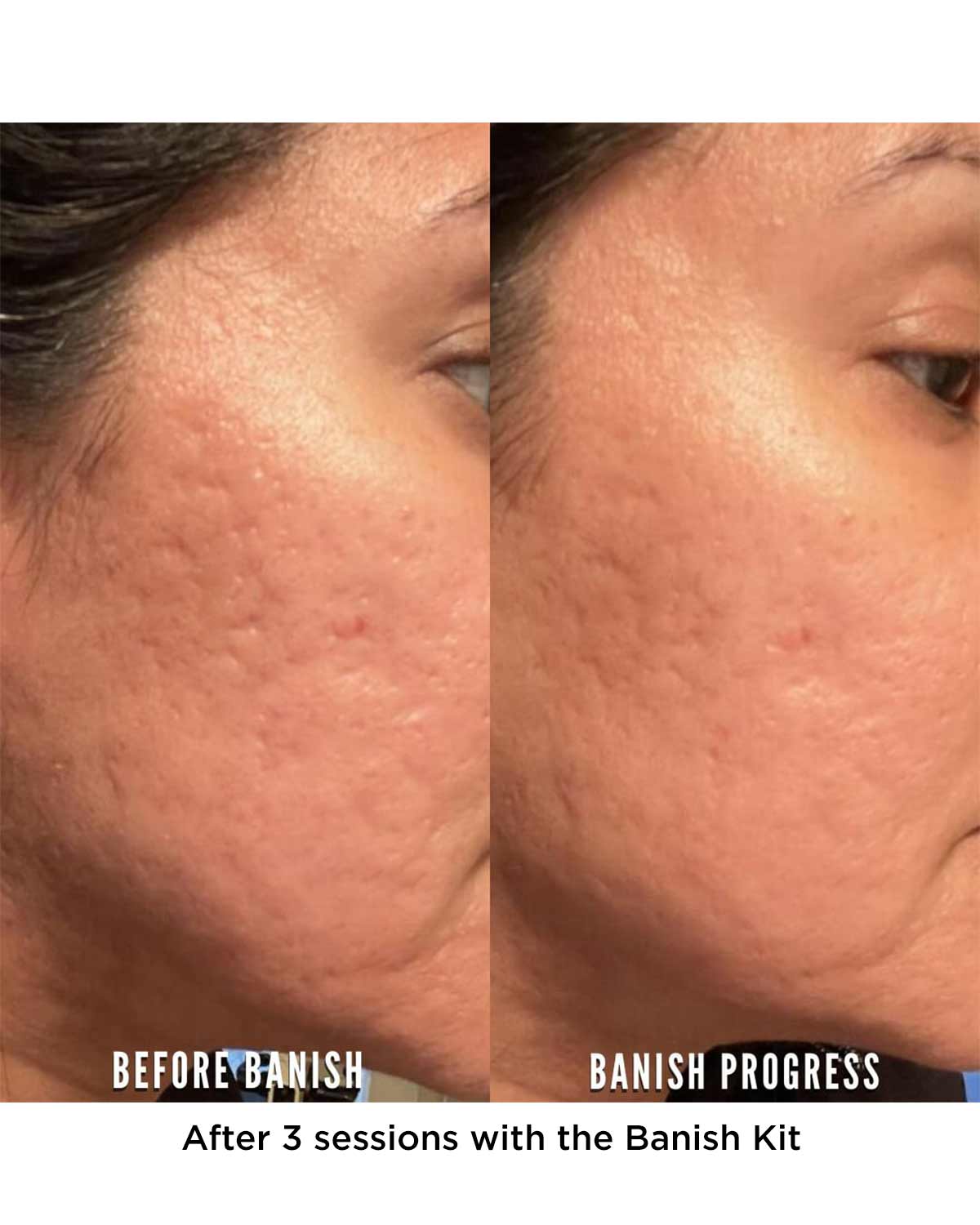
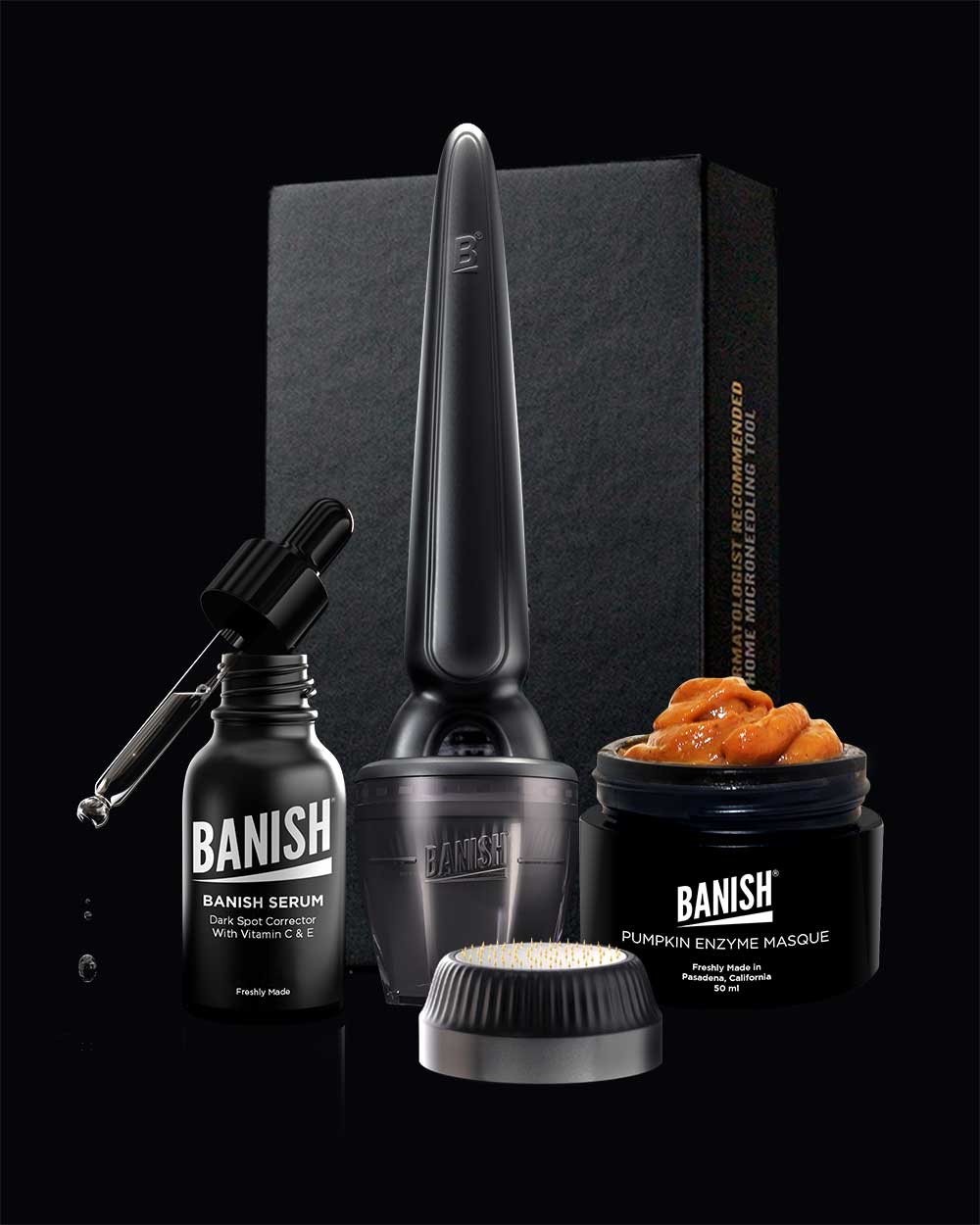
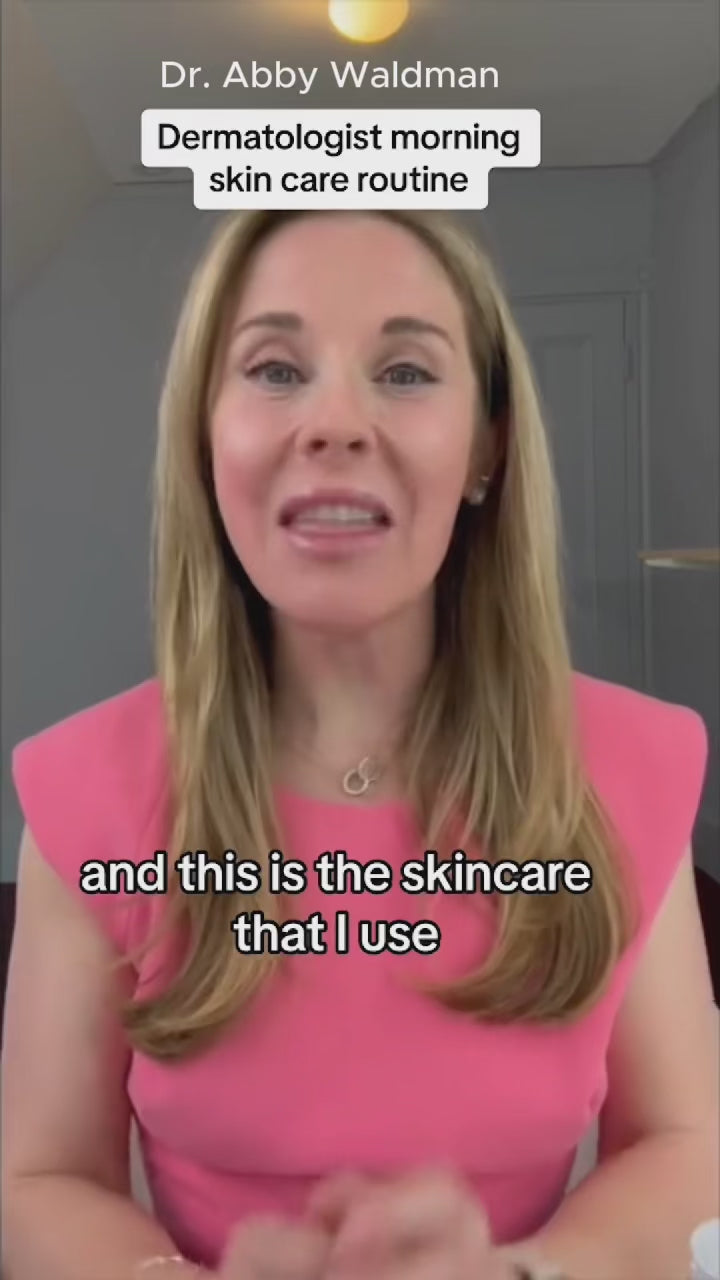
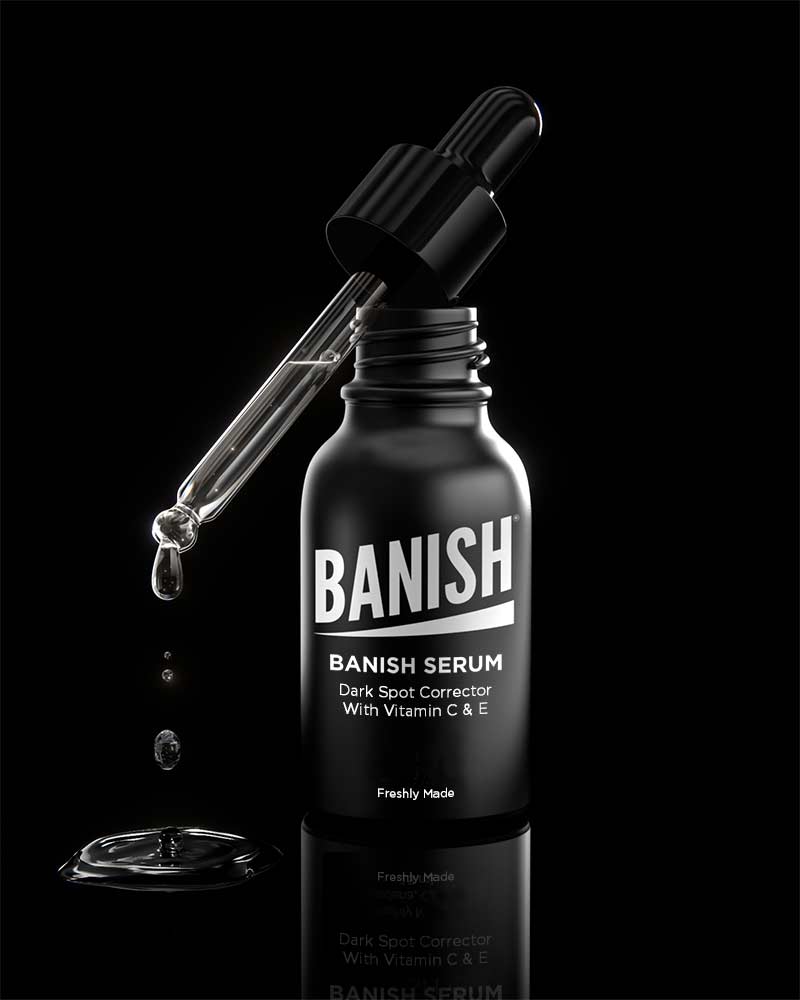

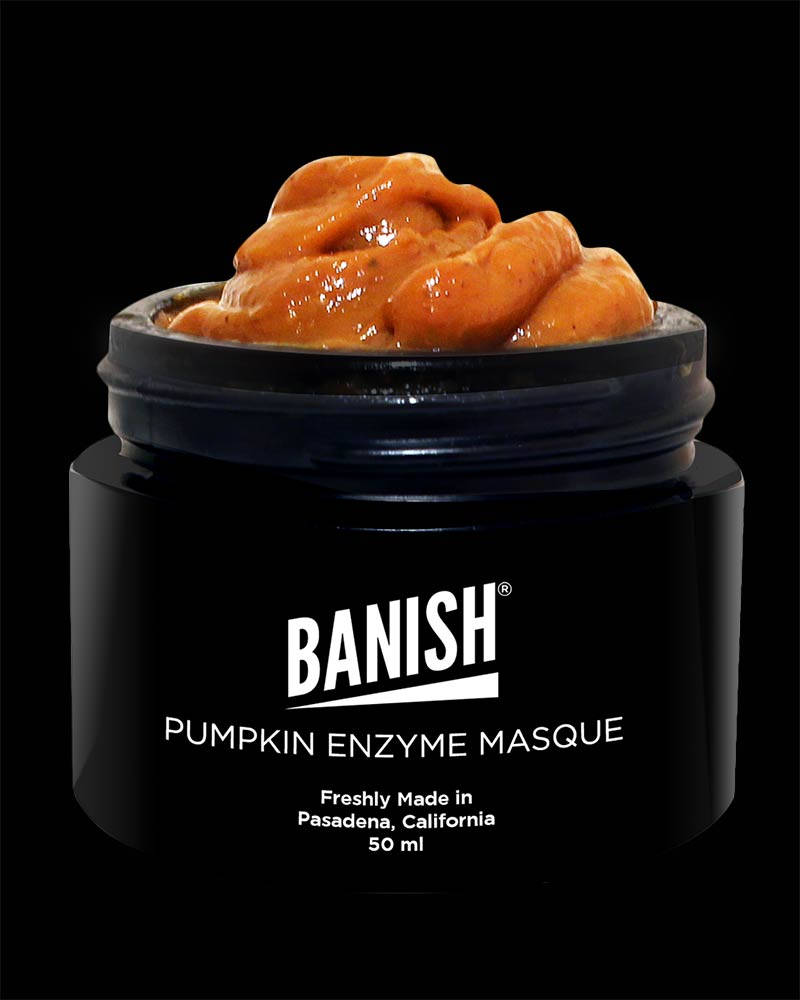

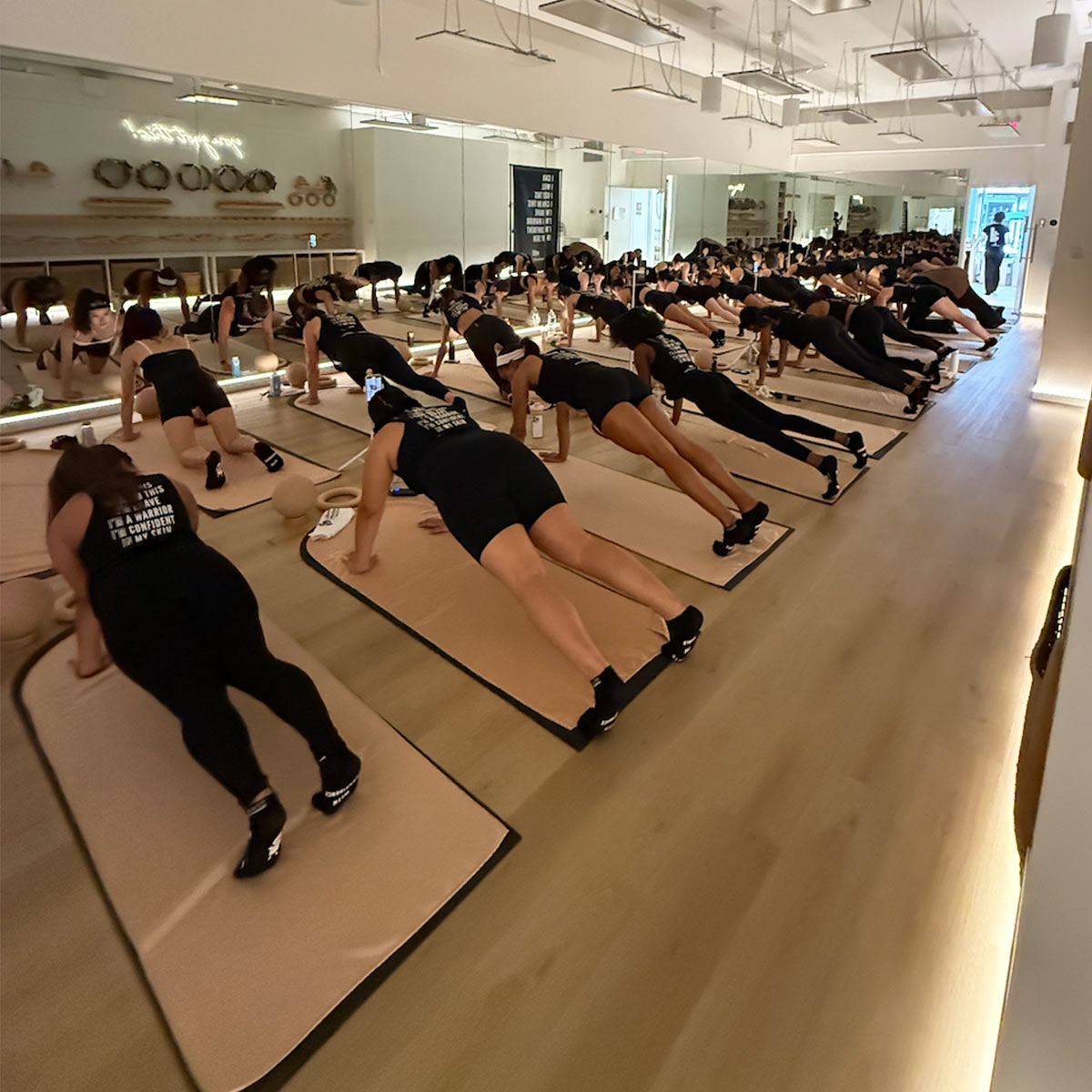




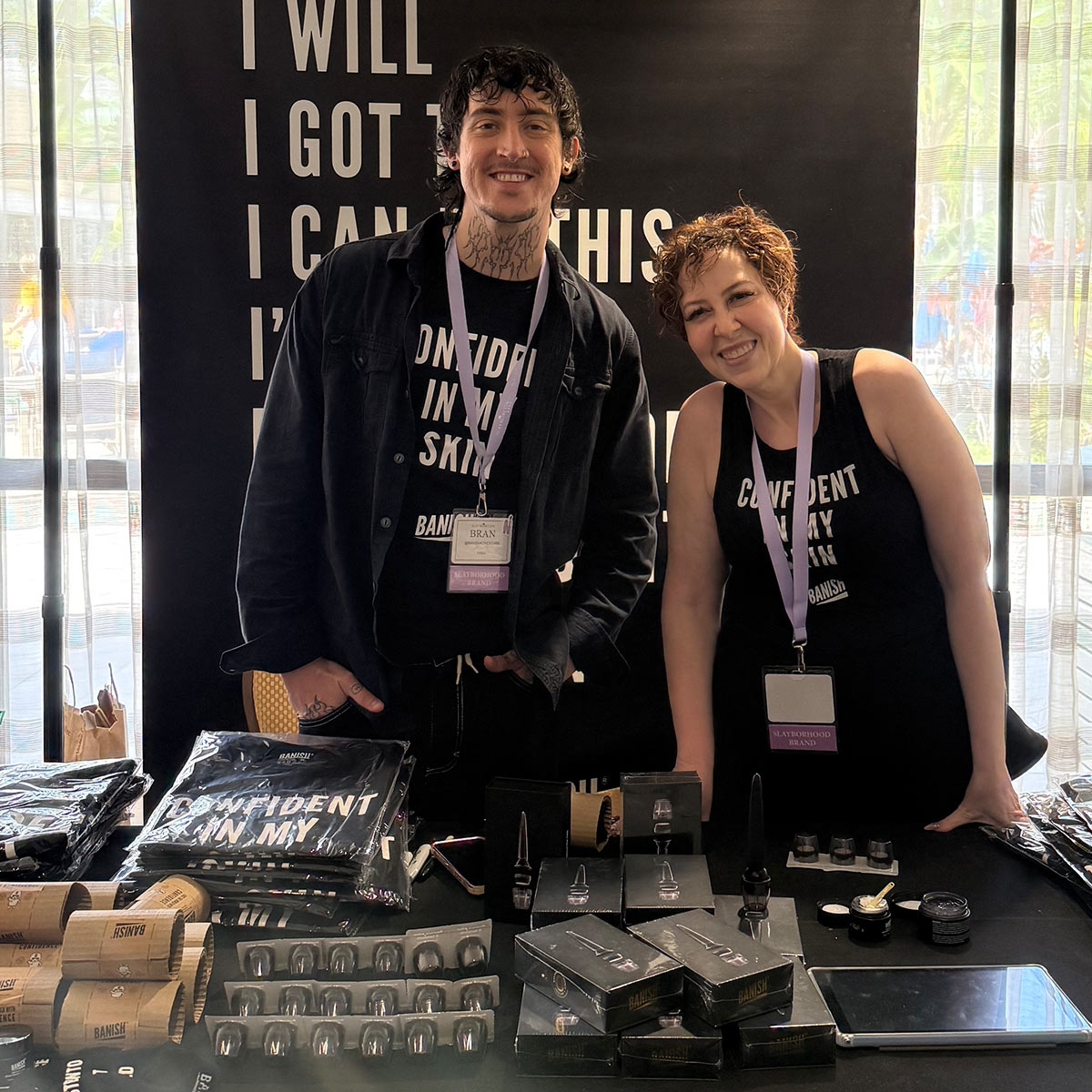




Leave a comment
All comments are moderated before being published.
This site is protected by hCaptcha and the hCaptcha Privacy Policy and Terms of Service apply.